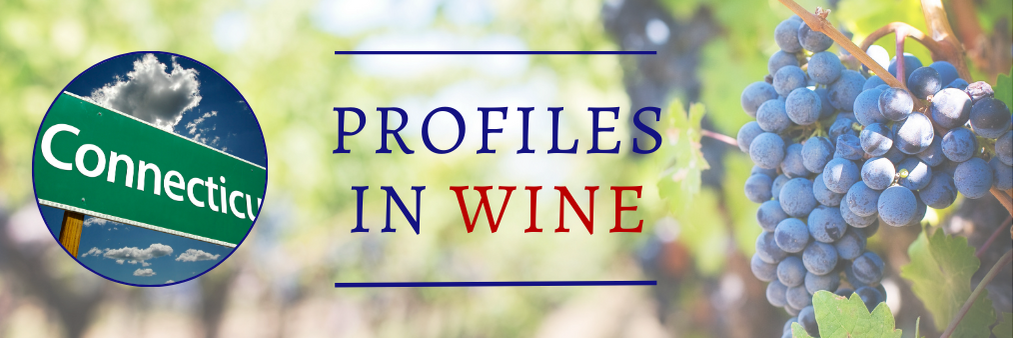Wine is produced and consumed in all 50 states, and every single one is wonderfully unique…
Connecticut Profile
Connecticut shares a border with New York State’s lower Hudson Valley, and there is a clear resemblance in terms of geography, history, and the neighboring wine industries. New York’s Farm Winery Act was passed in 1976, Connecticut’s in 1978, spawning the modern wine industries in both states. Connecticut also has the north shore of Long Island Sound to moderate temperatures compared with the eastern and western highlands, allowing a diversity of grape varieties to be grown in the state.
There are three American Viticultural Areas (AVAs)–Southeastern New England, Western Connecticut Highlands, and Eastern Connecticut Highlands–-and a Connecticut Wine Trail with a couple dozen members. Many of the state’s wineries reflect New England traditions and multi-generational ownership.
Hopkins Vineyard is a National Bicentennial Farm owned and run by the Hopkins family for over 225 years. In 1979, Bill and Judith Hopkins converted their dairy farm into one of Connecticut’s first vineyards which today grows 11 different varieties on a plot overlooking Lake Waramaug. They also produce cider and numerous fruit wines. www.hopkinsvineyard.com
Jones Family Farms, established in 1848, reflects the philosophy of its founder, Philip James Jones (1821-1912): “Be good to the land and the land will be good to you.” The 400-acre farm is now overseen by Philip Jameson Jones, the sixth generation, and also includes a large U-Pick operation featuring various fruits, pumpkins, Christmas trees, and hayrides. Their wine list (20 different wines) includes helpful information including Style & Flavor Profile, Food Pairings, and Winemaking Process. www.jonesfamilyfarms.com
Sunset Meadow Vineyards in the picturesque Litchfield Hills is another family operation (George, Judy, and George IV Motel) which offers a diversity of wines to visitors. www.sunsetmeadowvineyards.com
Great Grapes: Vidal Blanc
Of all the common French-American hybrid grape varieties, Vidal Blanc is among the most popular among grape growers, winemakers, and consumers. For winemakers, it offers the opportunity to be creative with different styles—dry, semi-dry, sweet, late harvest, and even ice wines. For consumers, that translates into a rainbow of flavors to elevate a variety of foods, or just savor alone. A cross of Ugni Blanc (the grape in Cognac) and Rayon D’Or, Vidal wines are often reminiscent of Riesling.
Connecticut Economic Impact
Total Impact includes the Direct, Supplier, and Induced levels reaching from vineyards to local communities, benefiting people and places far and wide.
Total Impact: $2.092 Billion
Direct: $819.6 Million (39%)
Supplier: $545.5 Million (26%)
Induced: $727.2 Million (35%)
Wine Producers: 56
Jobs: 12,940
Wages: $781.3 Million
Tourist Visits: 53,587
Tourist Expenditures: $18.2 Million
Total Taxes: $224.9 Million
Federal Taxes: $139.7 Million
State and Local Taxes: $85.2 Million


